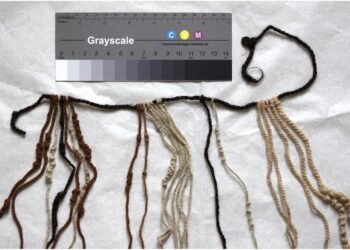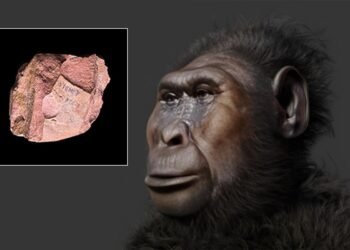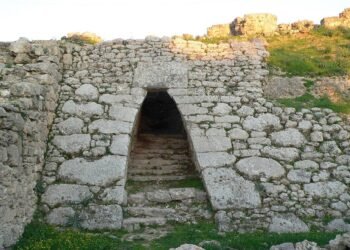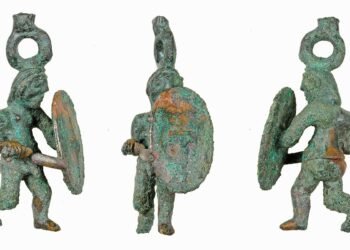Researchers from the University of Waterloo and Lakehead University confirmed Fitzjames’ identity through DNA analysis, revealing new insights into the tragic fate of the crew and confirming cannibalism in the final days of the expedition.

The Franklin expedition, which set out in 1845 under the command of Captain Sir John Franklin, aimed to navigate the last uncharted sections of the Northwest Passage in the Canadian Arctic. The two ships, HMS Erebus and HMS Terror, carried 129 officers and crew, tasked with improving knowledge of Arctic navigation and gathering magnetic data. However, the mission soon turned disastrous when the ships became trapped in ice near King William Island, in what is now Nunavut, Canada. By April 1848, 105 survivors, including Fitzjames, abandoned the ice-bound ships and began a desperate march toward the Canadian mainland, but none survived.
Fitzjames’ remains, along with those of other sailors, were discovered on King William Island, where Inuit accounts of the time had reported signs of cannibalism among the desperate survivors. The identification was made possible through DNA extracted from a molar attached to a jawbone found on the island. The DNA was matched with a sample provided by one of Fitzjames’ living relatives, a second cousin five times removed. Stephen Fratpietro, of Lakehead University’s Paleo-DNA Lab, led the analysis and confirmed the results, stating, “We worked with a good quality sample that allowed us to generate a Y-chromosome profile, and we were lucky enough to obtain a match.”
Fitzjames is only the second crew member from the Franklin expedition to be positively identified. The first was John Gregory, an engineer aboard HMS Erebus, whose remains were identified in 2021. Archaeologists had previously found over 450 bones from at least 13 sailors at the King William Island site, but most remained unidentified.

Dr. Douglas Stenton, an anthropologist at the University of Waterloo, who co-authored the study published in the Journal of Archaeological Science: Reports, noted that Fitzjames’ remains provide grim insights into the crew’s desperate struggle for survival. Cut marks on his jawbone, consistent with butchering for meat, confirm that cannibalism occurred as the survivors fought to stay alive. “Neither rank nor status was the governing principle in the final desperate days of the expedition as they strove to save themselves,” said Stenton. The cut marks suggest Fitzjames had died before other sailors who, in their dire circumstances, resorted to cannibalism.
This finding supports Inuit testimony from the 1850s, which first indicated that the Franklin survivors had resorted to cannibalism. These accounts were initially met with skepticism by European searchers but were later corroborated in 1997 when Dr. Anne Keenleyside found cut marks on nearly a quarter of the human remains found at the site. Robert Park, another co-author of the study, emphasized that while the idea of cannibalism was shocking to the 19th-century Europeans, it demonstrates the extreme desperation faced by the crew. “It demonstrates the level of desperation that the Franklin sailors must have felt to do something they would have considered abhorrent,” Park said.
Despite recent revelations, many mysteries remain, such as how leadership was maintained after the death of Sir John Franklin in June 1847 and what events led the men to abandon their ships and ultimately resort to such desperate measures.























